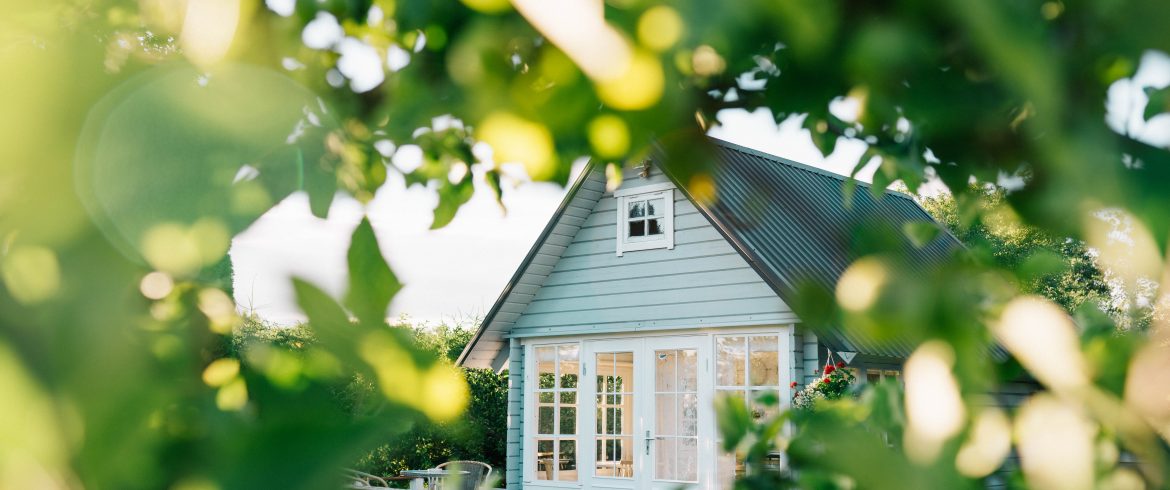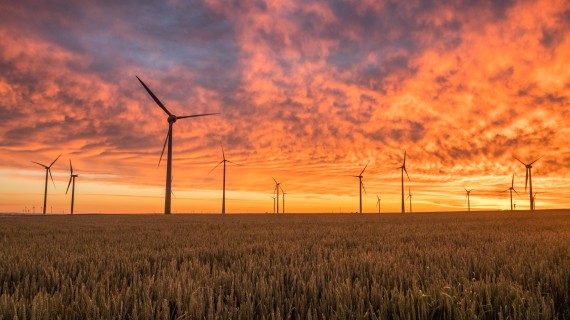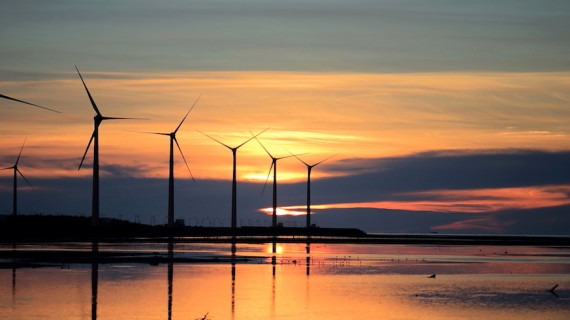The main DIY alternative energy options to save on your bills are solar panels, wind turbines, and hydroelectric generators.
As electricity bills are becoming more and more expensive and the oil price steadily increases, it has become more and more popular to look at alternative energy sources to supply households with power. The viable renewable green sources available for common households are solar panels, wind turbines, and hydroelectric generators.
Solar panels and wind turbines take the lion’s share of the DIY alternative energy market, but depending on your environmental conditions you may consider a hydroelectric generator as well. Ready-made applications are notoriously expensive to start with, even though they are worth every cent and pay themselves off in the long run.
For most people, these start-up costs are a major hurdle in freeing themselves from the tyranny of the grid. However, DIY alternative energy devices can slash thousands off your investment budget and help you cut down or even eliminate your electricity bills.
Here below you will find information on the 3 main options: solar energy, wind energy, and hydroelectric energy.
Diy Alternative Energy From The Sun
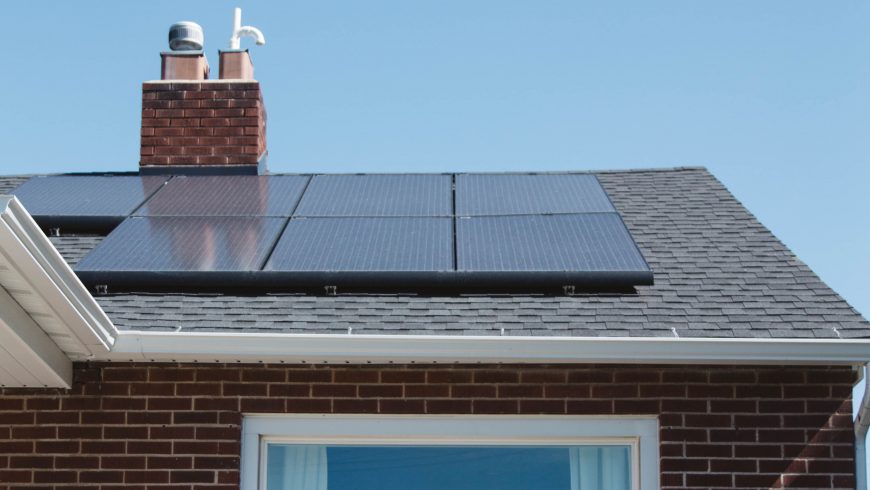
Solar energy is the most popular type of alternative energy for household electricity and is obtained thanks to several sets of photovoltaic cells making up solar panels to convert the light from the sun into electricity through a phenomenon called the photoelectric effect. The photoelectric effect consists of the release of electrons from a surface once it is struck by light.
Light itself can be viewed as a stream of particles called photons. Each electron needs a photon to be released from the surface, providing that the frequency of light is sufficiently short, as in the case of visible or ultraviolet light. If the frequency is too high, the light might be of high intensity but still not able to produce the photoelectric effect, with no electrons being released. For the photoelectric effect to occur, a photon must be energetic enough to release an electron from the surface. Therefore, it is the frequency of the light the key element for the photoelectric effect to take place. Without a sufficiently short frequency, all intensity in the world will not cause the photons to release electrons.
Photovoltaic energy is the most common and viable way to get homemade free electricity (free apart from the installation costs) as it has become relatively easy and very cheap to implement a DIY project. More and more people are resorting to homemade solar panels to offset the high purchasing costs associated with ready-made solutions, often in the range of $20.000 for an average household, while a Diy solar panel could be assembled from parts found online or at local hardware for as little as $200 and some spare time. Next, you can find a detailed blueprint for DIY solar energy projects, the most common household alternative energy.
Diy Alternative Energy From The Wind
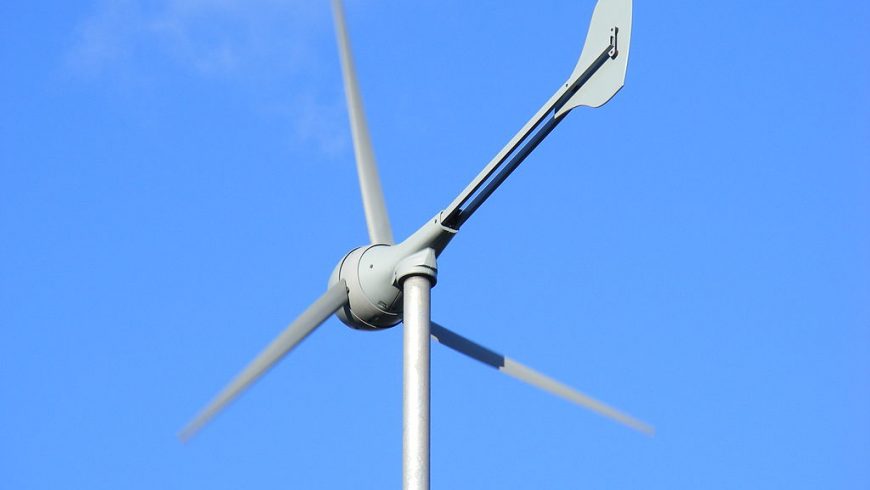
Wind power is the second most common household alternative energy available, it is easy to implement and is often used as a complementary source of electricity to solar power. This is because these two sources of renewable energy are intermittent, depending on day time or season, making them both useful when the other is unproductive. However, depending on geographical location and local climate, just one of the two technologies will be suitable for all household electricity supply.
Wind electricity is generated via vertical or horizontal axis wind turbines. The most common type is the horizontal axis turbine, both for commercial applications and households. For a common household, it is better first to calculate how much wind is available to work out how many turbines are necessary. For this, you need to assess the wind power density of your location, which is the annual power available per square meter turbine, calculated at different heights.
It is also better to build several smaller wind turbines than a single big one because of the extra costs involved in erecting a large supporting mast, both for materials and working crew. Most modern turbines have a 3 blades design because this has turned out to be the most efficient, and have them placed upwind, in front of the mast, so that the turbulence generated by it does not interfere with the blades, making the turbine more efficient.
Wind turbines work by converting wind energy into electricity. Traditional horizontal axis turbines are made up of 3 main parts.
- The rotor, including the blades for converting wind energy to low-speed rotation.
- The generator, which includes the electrical generator, the controls, and a gearbox for converting the low speed of the blades into the high-speed rotation, thus generating electricity.
- The tower and yaw mechanism.
Wind power is the second most common source of homemade alternative energy and is particularly suitable if you live in a windy location, such as near the sea. It can be easily implemented with a DIY wind energy project, helping to cut down electricity bills in a very green way.
Diy Alternative Energy From The Water
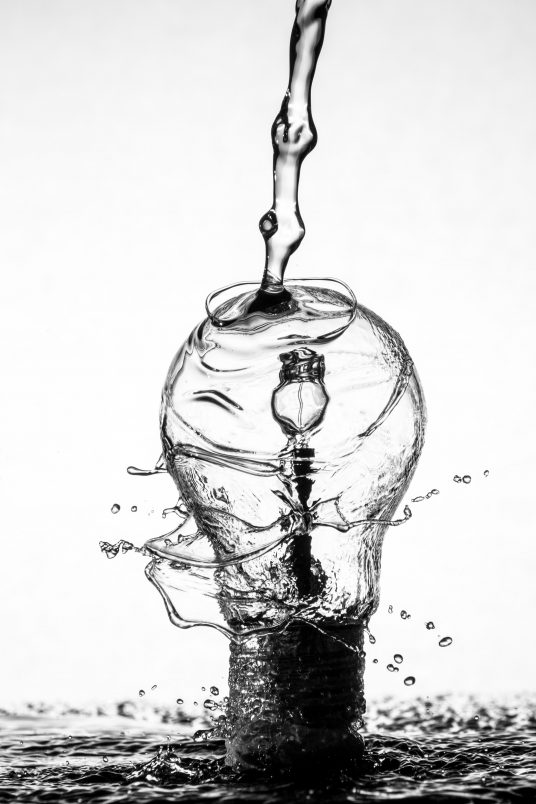
From a commercial and statistic standpoint, hydroelectric power is by far the most successful of all the renewable energies available, accounting for 88% of all alternative energy produced in the world. Hydroelectric power stations are the norm to supply electricity grids. However, for a single household electricity needs, hydroelectric energy should be considered as a complementary source of energy to solar and wind powers.
This is because micro-hydroelectric generators such as DIY homemade devices do not come with reservoirs at different elevations to store energy like the big power stations. Reservoirs are in place to store energy when demand is low and release it later when there is an upsurge. Because of their intrinsic simplicity, they provide an intermittent supply of energy that fluctuates with the seasons and water flow.
A hydroelectric generator will provide most power in winter when water flow is abundant, well complementing solar energy (and/or wind power) which will be minimally effective at this time of the year. A hydroelectric generator works similarly to a wind generator but has a turbine design specifically adapted for water fluid.
It is possible to build a DIY hydroelectric generator with relative ease, contributing to the whole alternative energy power supply of your household.

